The Ultimate Guide To Tomato Partner Plants
The Ultimate Guide to Tomato Partner Plants
Tomatoes are a popular garden vegetable that can be grown in a variety of climates. They are relatively easy to care for, but they can be susceptible to pests and diseases. Companion planting is a great way to help protect your tomatoes from these problems.
Companion planting is the practice of planting certain plants together that benefit each other. Some plants can help to repel pests, while others can help to improve the soil or attract beneficial insects.
There are many different companion plants that can be beneficial for tomatoes. Some of the best include:
- Basil: Basil is a classic companion plant for tomatoes. It helps to repel aphids, whiteflies, and tomato hornworms. It also improves the flavor of tomatoes.
- Marigolds: Marigolds are another great companion plant for tomatoes. They help to repel nematodes, which can damage tomato roots. They also attract beneficial insects such as ladybugs and lacewings.
- Onions and garlic: Onions and garlic have strong scents that can help to repel pests. They also help to improve the flavor of tomatoes.
- Borage: Borage is a flowering herb that attracts beneficial insects such as bees and ladybugs. It also helps to improve the soil by attracting earthworms.
- Squash: Squash can help to protect tomatoes from pests such as the Colorado potato beetle. They also help to shade the soil, which can help to keep it cool and moist.
- Beans: Beans fix nitrogen in the soil, which can help to improve the growth of tomatoes. They also help to shade the soil, which can help to keep it cool and moist.
In addition to these plants, there are a few that you should avoid planting near tomatoes. These include:
- Cucumbers: Cucumbers and tomatoes are susceptible to the same pests and diseases, so planting them together can increase the risk of infection.
- Potatoes: Potatoes and tomatoes are both members of the nightshade family, and they can share pests and diseases.
- Eggplant: Eggplant is also a member of the nightshade family, and it can share pests and diseases with tomatoes.

When choosing companion plants for tomatoes, it is important to consider the specific needs of your plants. For example, if you are growing tomatoes in a hot climate, you may want to choose plants that can help to shade the soil. If you are growing tomatoes in a cold climate, you may want to choose plants that can help to protect the plants from frost.
With a little planning, you can use companion planting to help your tomatoes thrive. By planting the right plants together, you can help to protect your tomatoes from pests and diseases, improve the soil, and attract beneficial insects.
Growing tomatoes is a rewarding experience, but it can also be challenging. One way to improve your chances of success is to plant companion plants with your tomatoes. Companion plants are those that benefit each other when grown together. For tomatoes, some of the best companion plants include basil, marigolds, and nasturtiums.
Basil is a classic tomato companion plant. It not only tastes great with tomatoes, but it also helps to repel pests such as aphids and tomato hornworms. Marigolds are another great companion plant for tomatoes. They help to repel nematodes, which can damage tomato roots. Nasturtiums are also a good choice for companion planting with tomatoes. They help to attract beneficial insects, such as ladybugs, which prey on pests.
If you're looking for more information about tomato partner plants, I recommend visiting Gardenia Inspiration. This website has a comprehensive list of companion plants for tomatoes, as well as tips on how to plant and care for them.
FAQ of tomato partner plants
Q: What are tomato partner plants?
A: Tomato partner plants are those that are planted alongside tomatoes to benefit both plants. Some tomato partner plants attract beneficial insects, while others help to deter pests. Some also help to improve the soil or provide shade.
Q: What are some good tomato partner plants?
A: Some good tomato partner plants include:
- Basil: Basil is a great companion plant for tomatoes because it helps to repel pests such as aphids and tomato hornworms. It also attracts beneficial insects such as ladybugs and hoverflies.
- Cucumbers: Cucumbers and tomatoes can be planted together because they have similar growing requirements. They both need full sun and well-drained soil. Cucumbers can also help to shade the roots of tomatoes, which can help to prevent them from wilting.

- Herbs: Many herbs, such as mint, oregano, and rosemary, can be planted alongside tomatoes. These herbs help to deter pests and attract beneficial insects. They can also add flavor to tomatoes when they are cooked.
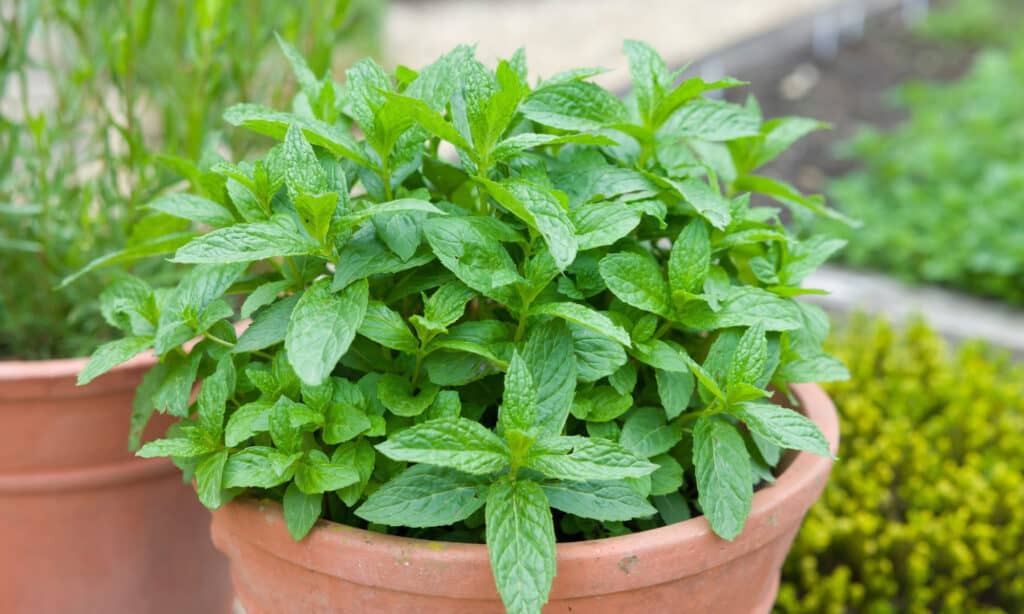

- Marigolds: Marigolds are another great companion plant for tomatoes. They help to repel nematodes, which are soil-dwelling pests that can damage tomato roots. Marigolds also add color to the garden.

- Spinach: Spinach can be planted underneath tomato plants. Spinach doesn't need as much sun as tomatoes, so it can grow in the shade of the tomato plants. Spinach is also a cool-season crop, so it can be planted early in the spring or late in the fall.
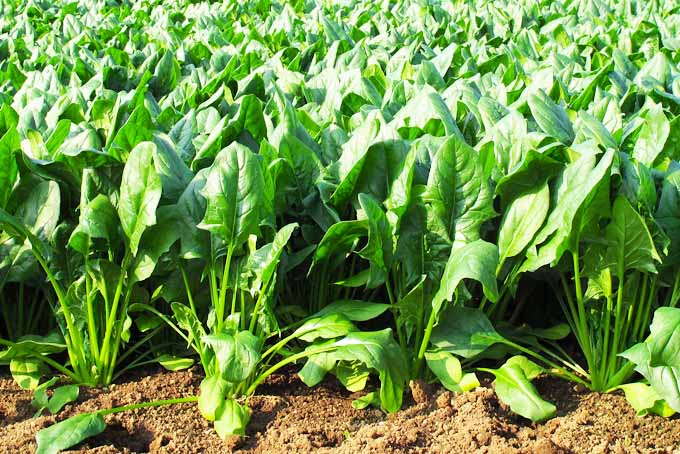
Q: How do I plant tomato partner plants?
A: When planting tomato partner plants, it is important to consider the size and growth habit of each plant. For example, basil and marigolds are relatively small plants, so they can be planted between tomato plants. Cucumbers and spinach, on the other hand, are larger plants, so they should be planted at the edge of the tomato bed.
Q: How do tomato partner plants benefit each other?
A: Tomato partner plants benefit each other in a number of ways. For example, basil helps to repel pests, cucumbers help to shade the roots of tomatoes, and marigolds help to repel nematodes. Herbs also add flavor to tomatoes when they are cooked.
Q: What are some tips for growing tomato partner plants?
A: Here are some tips for growing tomato partner plants:
- Plant the partner plants at the same time as the tomatoes.
- Water the partner plants regularly, along with the tomatoes.
- Fertilize the partner plants as needed.
- Keep an eye out for pests and diseases, and treat them promptly if they occur.
Image of tomato partner plants
- Nasturtiums: Nasturtiums are a great companion plant for tomatoes because they help to deter pests. They also attract pollinators, which can help to increase the fruit production of your tomatoes.

- Chives: Chives are another good companion plant for tomatoes. They help to repel nematodes, which are pests that can damage tomato roots. Chives also add flavor to tomato dishes.
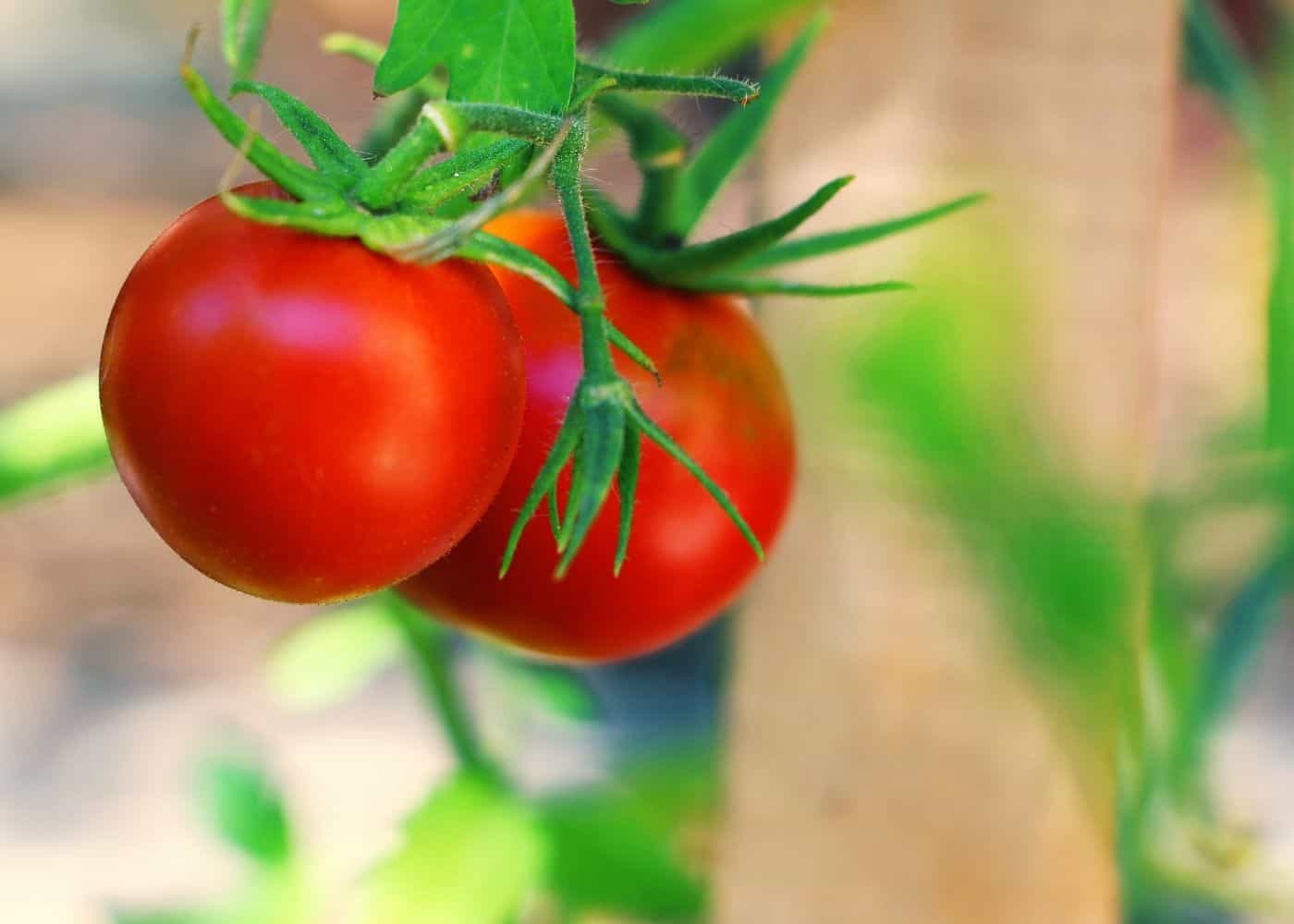
- Marigolds: Marigolds are a popular companion plant for tomatoes because they help to repel insects, such as aphids and whiteflies. They also add color to your garden.
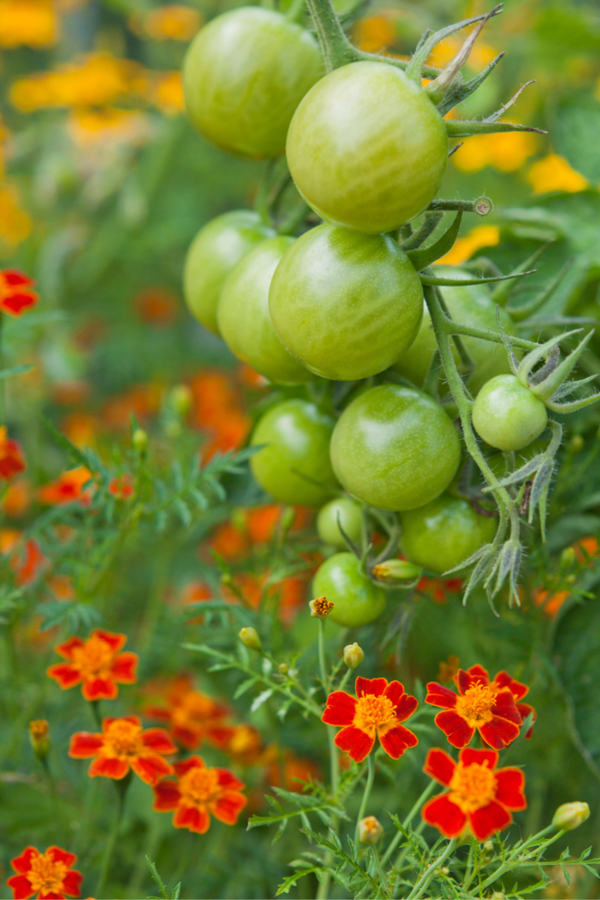
- Potatoes: Potatoes and tomatoes can be planted together because they have different nutrient requirements. Potatoes need nitrogen, while tomatoes need phosphorus. By planting them together, you can help to ensure that each plant gets the nutrients it needs.
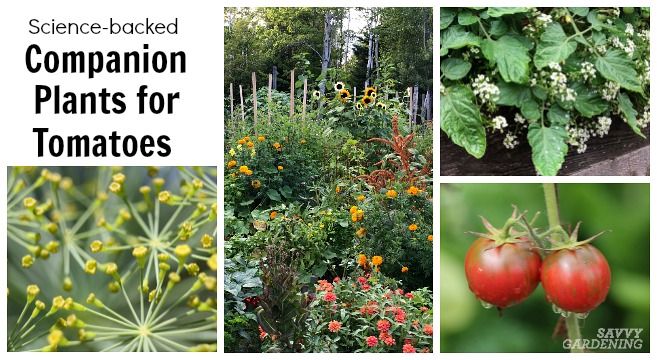
- Beans: Beans and tomatoes can also be planted together because they help to fix nitrogen in the soil. This means that they can help to improve the fertility of your soil, which can benefit both plants.

Post a Comment for "The Ultimate Guide To Tomato Partner Plants"